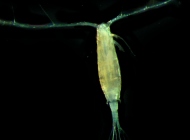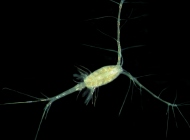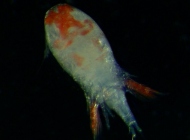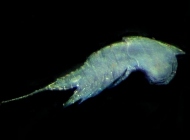All photographies were taken using 4% formalin preserved copepods, either with a binocular (darkfield images) or a microscope (brightfield images). These copepods were caught with a WP2 plankton net (200 µm mesh size) by vertical towing from the bottom (90 m depth) to the surface.
Drawing combines our observations and information available in the following publications :
Bradford-Grieve, J.M., Markhaseva, E.L., Rocha, C.E.F. and Abiahy, B. (1999) South Atlantic Zooplankton - Copepoda. Ed. D. Boltovskoy, Backhuys Publishers, Leiden, The Netherlands.
Conway, D.V.P., White, R.G., Hugues-Dit-Ciles, J., Gallienne, C.P. and Robins, D.B. (2003) Guide to the Coastal and Surface Zooplankton of the South-Western Indian Ocean. Ed. Marine Biological Association of the United Kingdom, Occasional Publication n°15.
Dussart, B.H. and Defaye, D. (1995) Introduction to Copepoda. Ed Dumont, H.J., SPB Academic Publishing, Amsterdam, The Netherlands.
Mauchline, J (1998) Biology of Calanoid Copepods. Eds Blaxter, J.H.S., Southward, A.J. and Tyler, Academic press, London, United Kingdom.
Rose, M. (1933) Faune de France (26) - Copepodes pélagiques. Ed. Paul Lechevalier, Paris, France.





